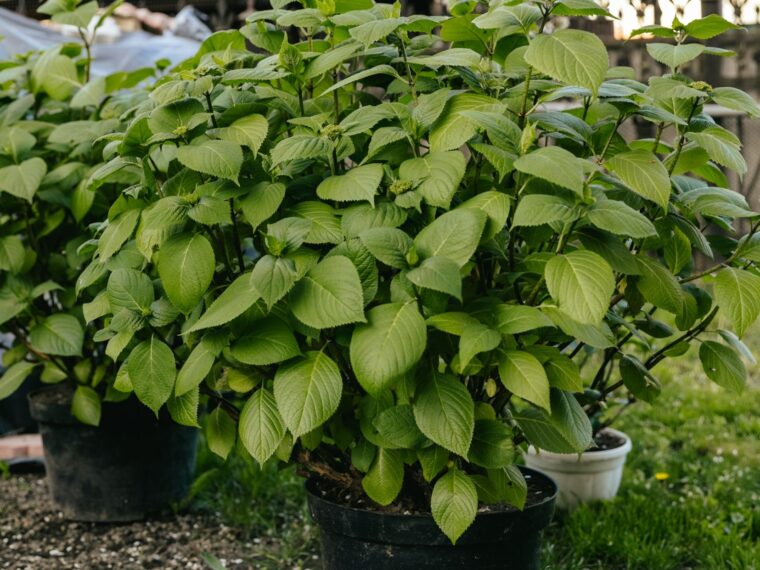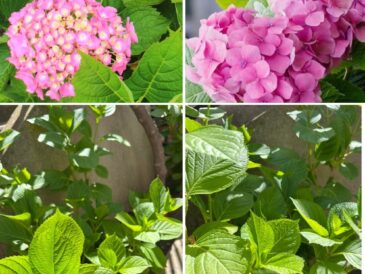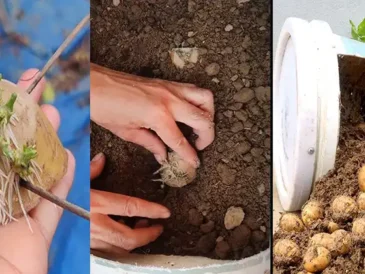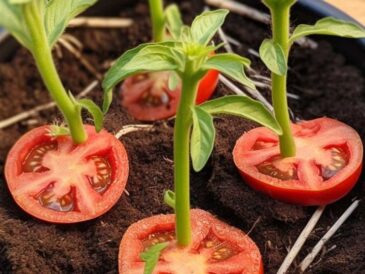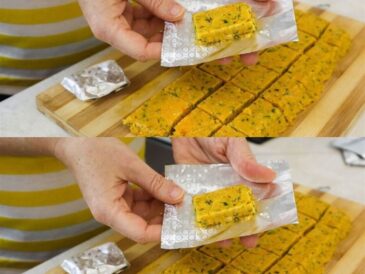Disease Problems
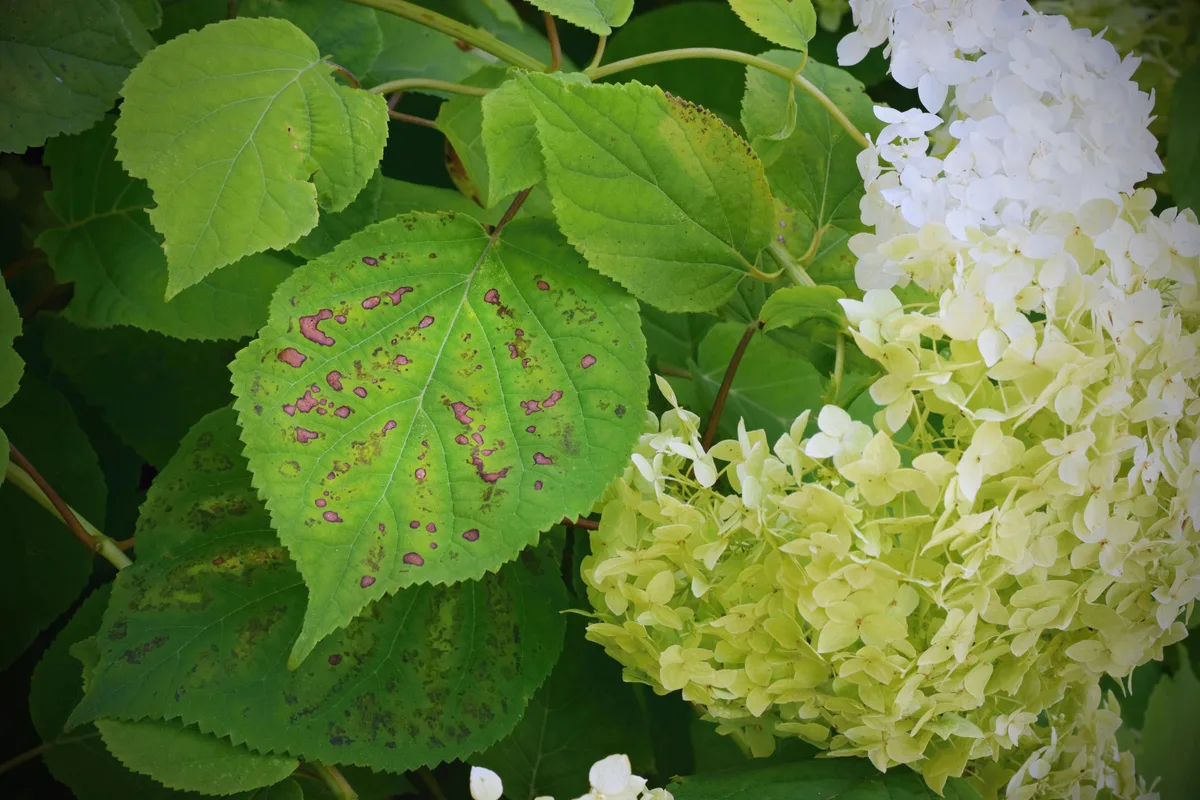
Diseases are also unlikely on Hydrangeas, but not impossible. Powdery mildew is one of the most common issues, followed by rust and a number of other fungal and bacterial diseases. Depending on the severity of the problem, they may cause leaves to drop which draws energy away from the plant needed for flowering.
Good garden hygiene goes a long way to preventing Hydrangea diseases. Give your plants adequate spacing to allow airflow between the leaves and avoid watering overhead. Clean your tools before use and prune any diseased areas as soon as you find them to prevent spread.
Deer
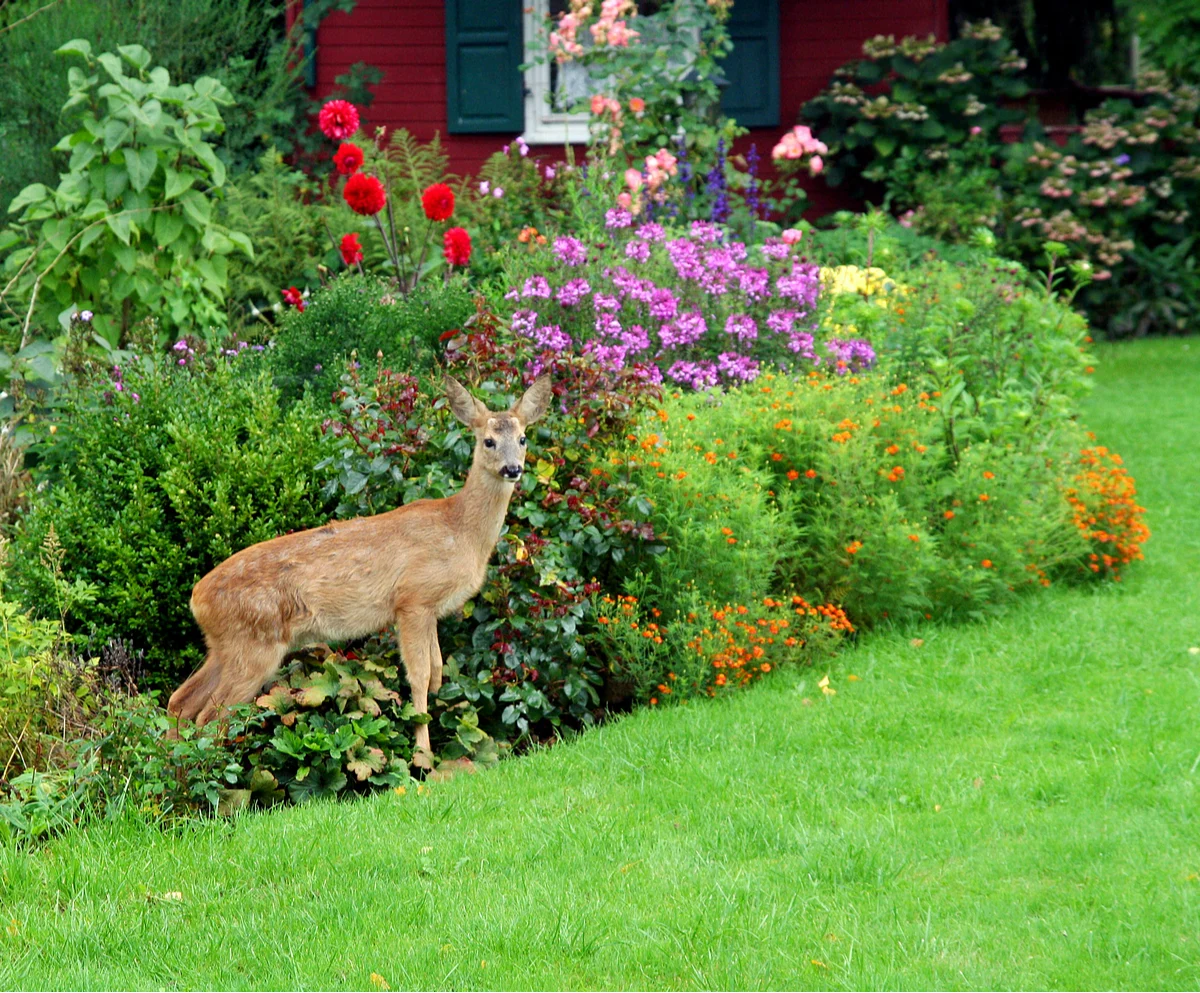
If you live in a region where deer are common, you’re likely already familiar with the damage they can cause. Deer are particularly fond of Hydrangeas, chomping on leaves and buds. Much like incorrect pruning, Hydrangeas that bloom on old wood need those buds the following season, massively limiting the number of flowers you will see that year.
The best defense is to keep deer out of your garden altogether. Take a look at these many ways to keep deer out of your garden to protect your Hydrangeas and the other plants in your garden.
Incorrect Temperatures or Zone
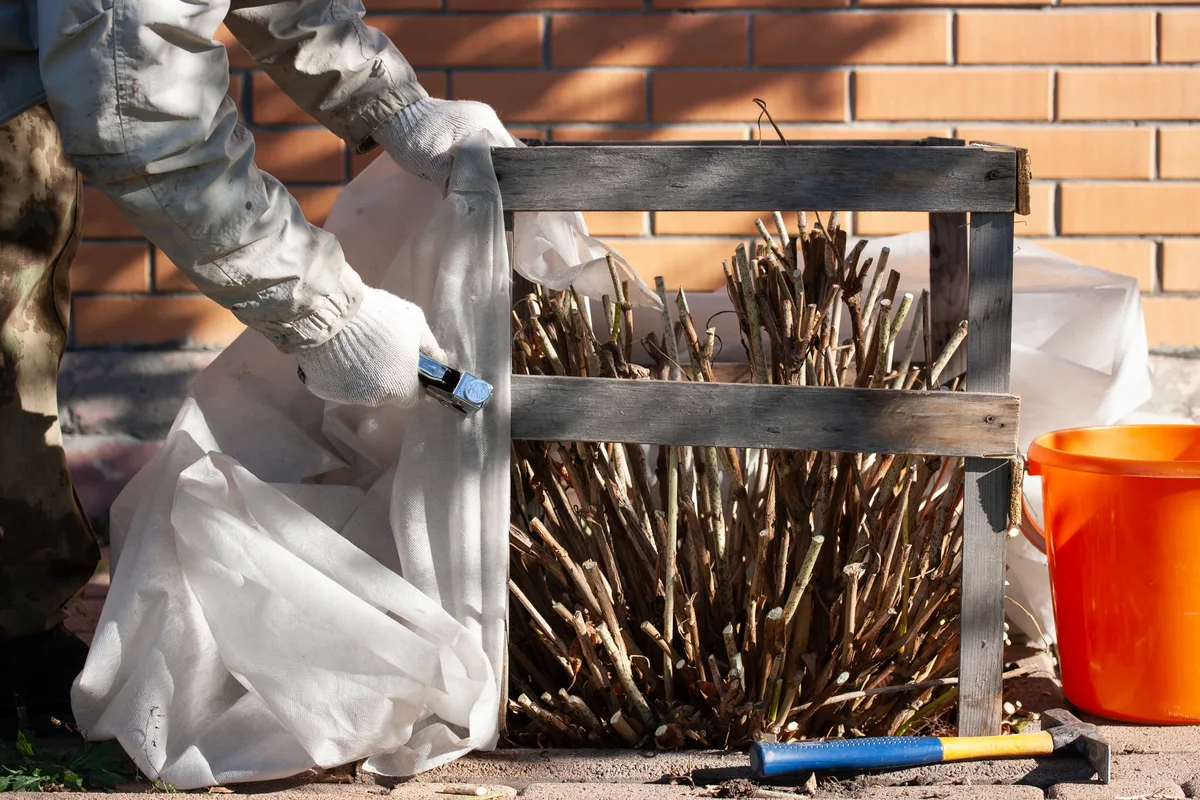
Hydrangeas are somewhat hardy plants but don’t handle extreme cold well. For species that bloom on old wood, extreme cold over winter will kill off the buds, preventing any blooms from forming the following season. If you’ve planted in the wrong zone, or forget to protect your plants through the cold, you’re unlikely to see many blooms the following year.
Start by choosing the right Hydrangea species for your region. Some are more cold tolerant, while others can handle the heat well. Over winter when frost is expected, protect the plants with a frost cover to limit damage, allowing growth to emerge bigger and stronger when spring arrives.
The Hydrangea Was A Gift
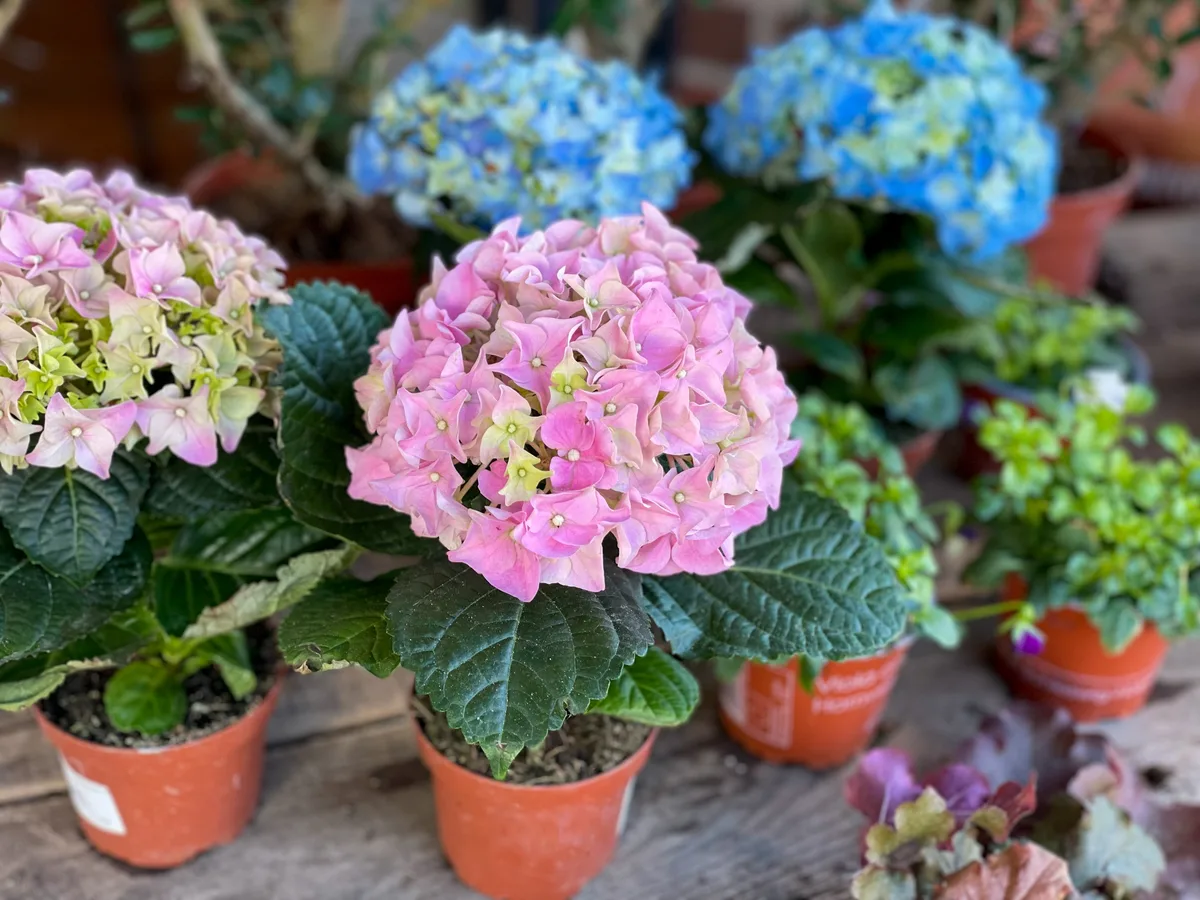
Gifted Hydrangeas that come in a small pot already flowering are very different from those found in a nursery. These plants are grown for the sole purpose of flowering quickly and prolifically, using warm temperatures and lots of fertilizer. If you transplant these potted Hydrangeas out into the garden, they are unlikely to grow well or put out new flowers any time soon.
Grown in greenhouse environments, these plants are accustomed to much warmer temperatures than are found outdoors. Forcing the plants to flower also doesn’t set them up for strong long-term growth down the line, making flowering or even strong growth an uphill battle.
Potted gift Hydrangeas are best kept indoors until they stop blooming, then discarded or used for their foliage as a houseplant. If you want to give growing them outdoors a go, introduce them to outdoor conditions slowly over a few weeks before transplanting. However, don’t expect many blooms that season, or even in the years to come.
Age
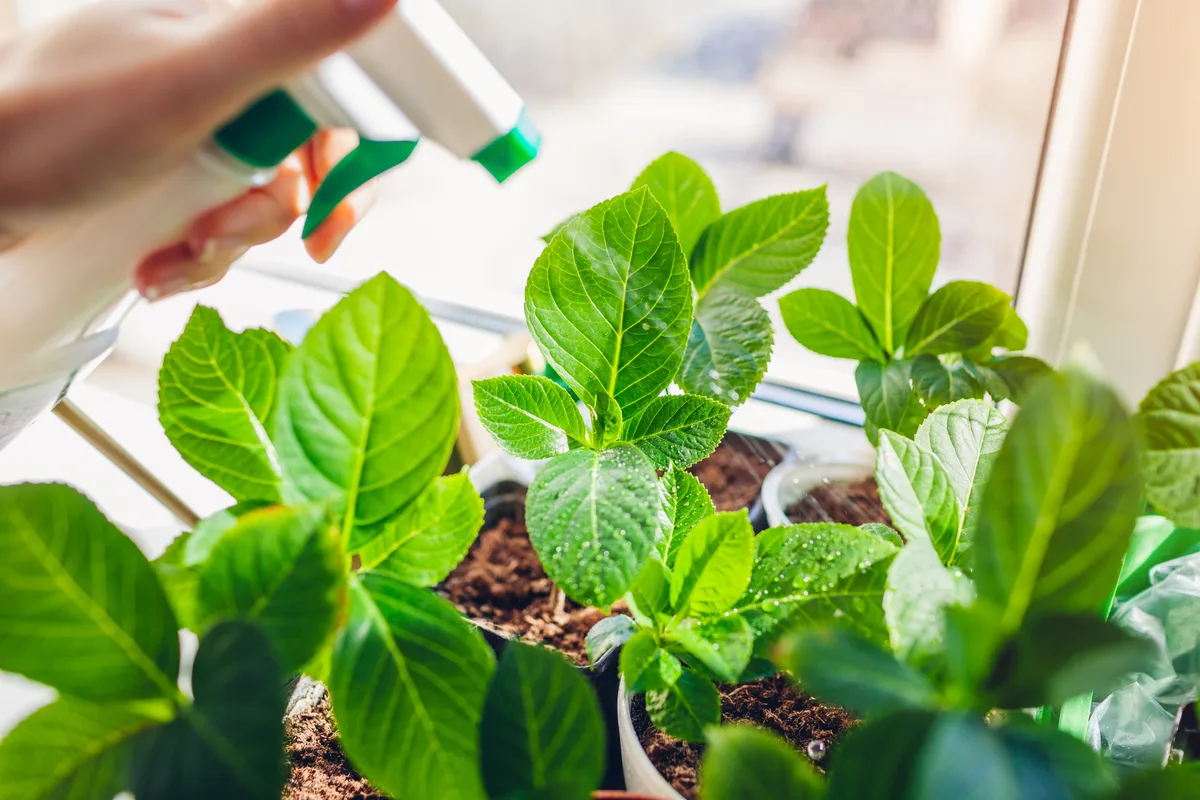
While many Hydrangeas will bloom within the first year of planting, others need some more time to establish. Plants may need another year or even two to settle down before they start flowering prolifically.
If you see no blooms in the first year, all you need is a little patience. They should begin popping up in a season or two.
